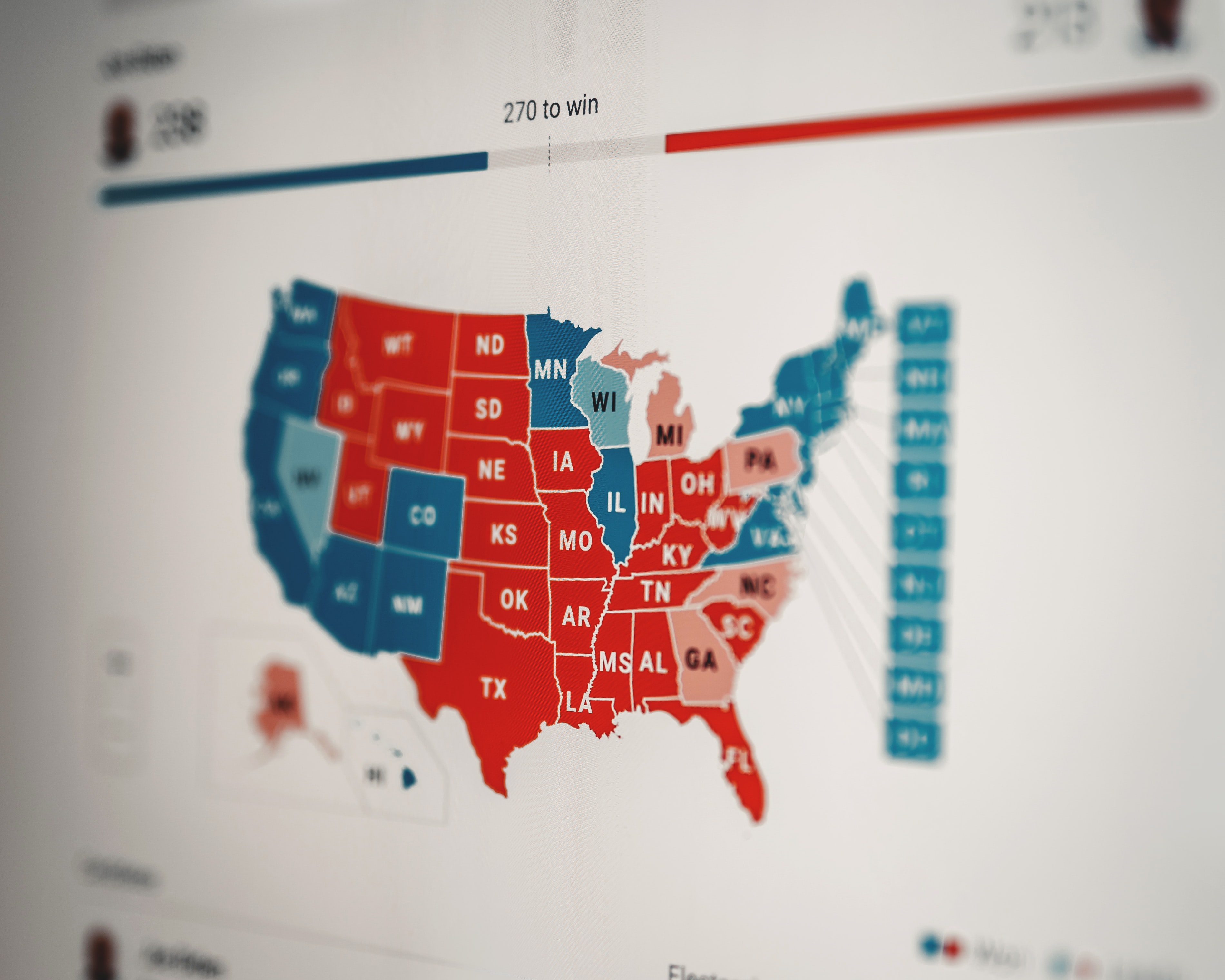Electoral College

Electoral College
A system used in the United States to elect a president every 4 years
Each state has a specific number of “electors” which is the sum of the number of house representatives and the number of senators. Example: California has 53 representatives in the house and 2 senators, which means they get 55 electoral votes, (since the number of representatives in the House is determined by population size; California would have more electoral votes than Utah because its population is larger).
Each state holds elections and the candidate who receives the most votes in a state receives the electoral votes from that state. Example: If the majority of Californians vote for a democratic candidate, then the democratic candidate receives 55 electoral votes.
In total there are 538 electoral votes from all the states, meaning that a presidential candidate needs 270 (50.1%) electoral votes to be elected.
In comparison, the popular vote is the total number of people that voted for a candidate.
Therefore it is possible for a candidate to receive the majority in the popular vote, but still lose the election, because the election is determined by electoral votes only.
Sources
https://www.britannica.com/topic/House-of-Representatives-United-States-government#ref283100.
https://www.britannica.com/topic/Connecticut-Compromise.

